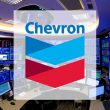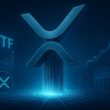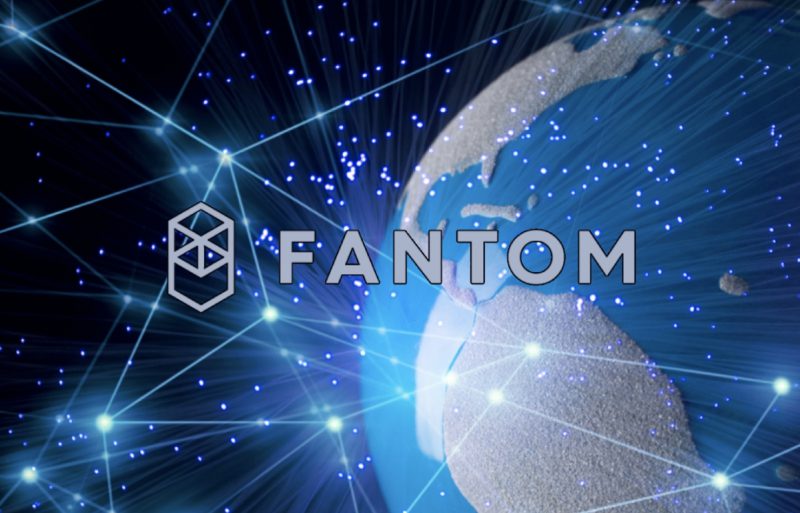Three weeks after lead developer Andre Cronje’s DeFi exodus, Fantom’s price bottomed out, recovered from monthly lows, and now awaited a key breakout to push towards the $2-mark. Ecosystem developments have laid a solid foundation for its price to trend higher and upbeat network activity makes Fantom a must-watch during the next altcoin rally. At the time of writing, FTM traded at $1.5, up by 5% over the last 24 hours.
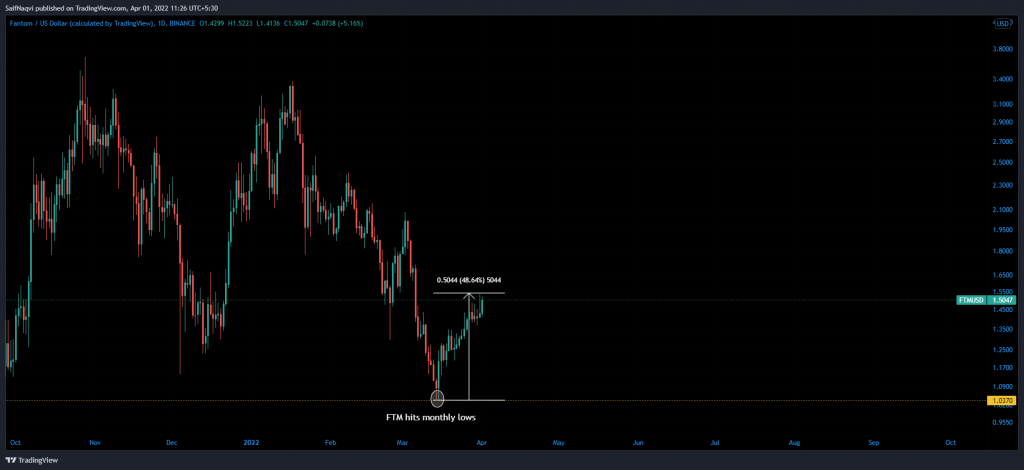

Although Andre Cronje’s exit from the Fantom dev team was a tumultuous period, investors have not turned a blind eye toward the project. Since dropping to the $1-mark, Fantom’s price has recovered by nearly 50%. The price has offered a 14% ROI to its investors, in line with most alts in the broader market.
On the development front, Fantom hasn’t wavered from advancing its ecosystem agenda as well. Recently, a $480 Million grant program was announced in partnership with Gitcoin Grants to help build more projects on the ecosystem. Previously, a few protocols upgrades were rolled out to increase network speed.
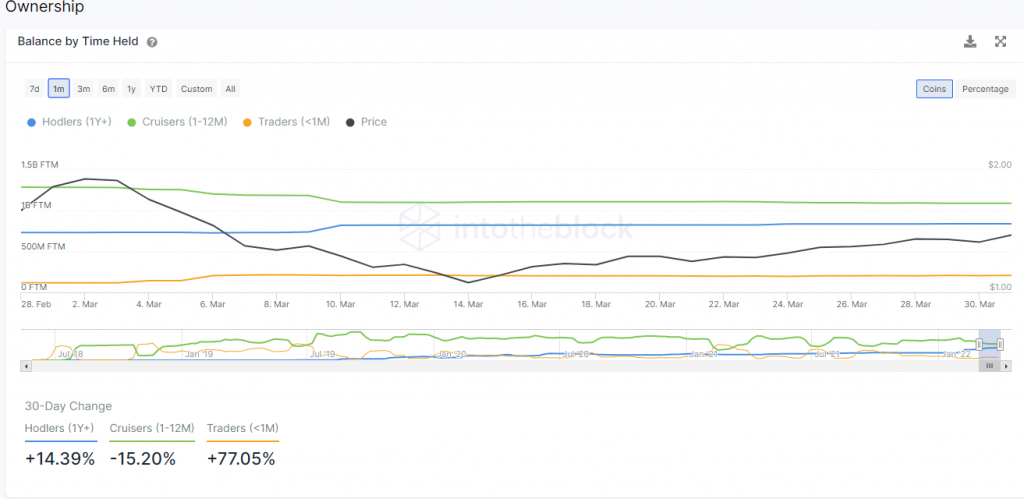

Ecosystem developments alone can establish precedence for further price growth, but Fantom’s network was showing positive signs as well. The chart showed that two groups were adding FTM tokens to their portfolio throughout March, with retail traders most aggressive among long-term holders and cruisers.
Fantom Price Strategy
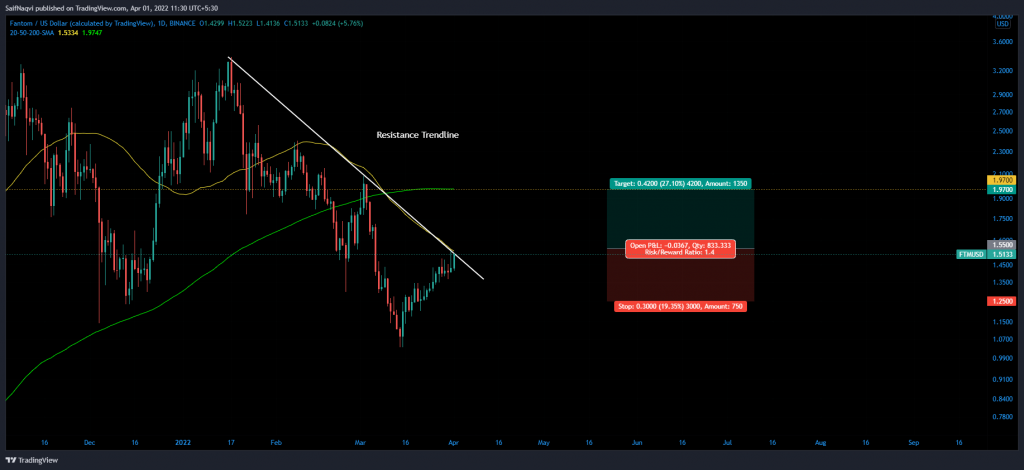

Judging by a 180% increase in the 24-hour trading volumes as well, retail interest in Fantom was expected to create more short-term volatility. At the time of writing, Fantom was challenging the combination of its 50-SMA (yellow) and a resistance trendline. Going forward, a breakout would push its price higher on the chart.
Taking advantage of these prospects, investors can set up buy orders at $1.55 and take profit at the 200-SMA (green) at $1.97. Stop-loss can be kept at $1.25. The trade setup carried a 1.4 risk/reward ratio.


